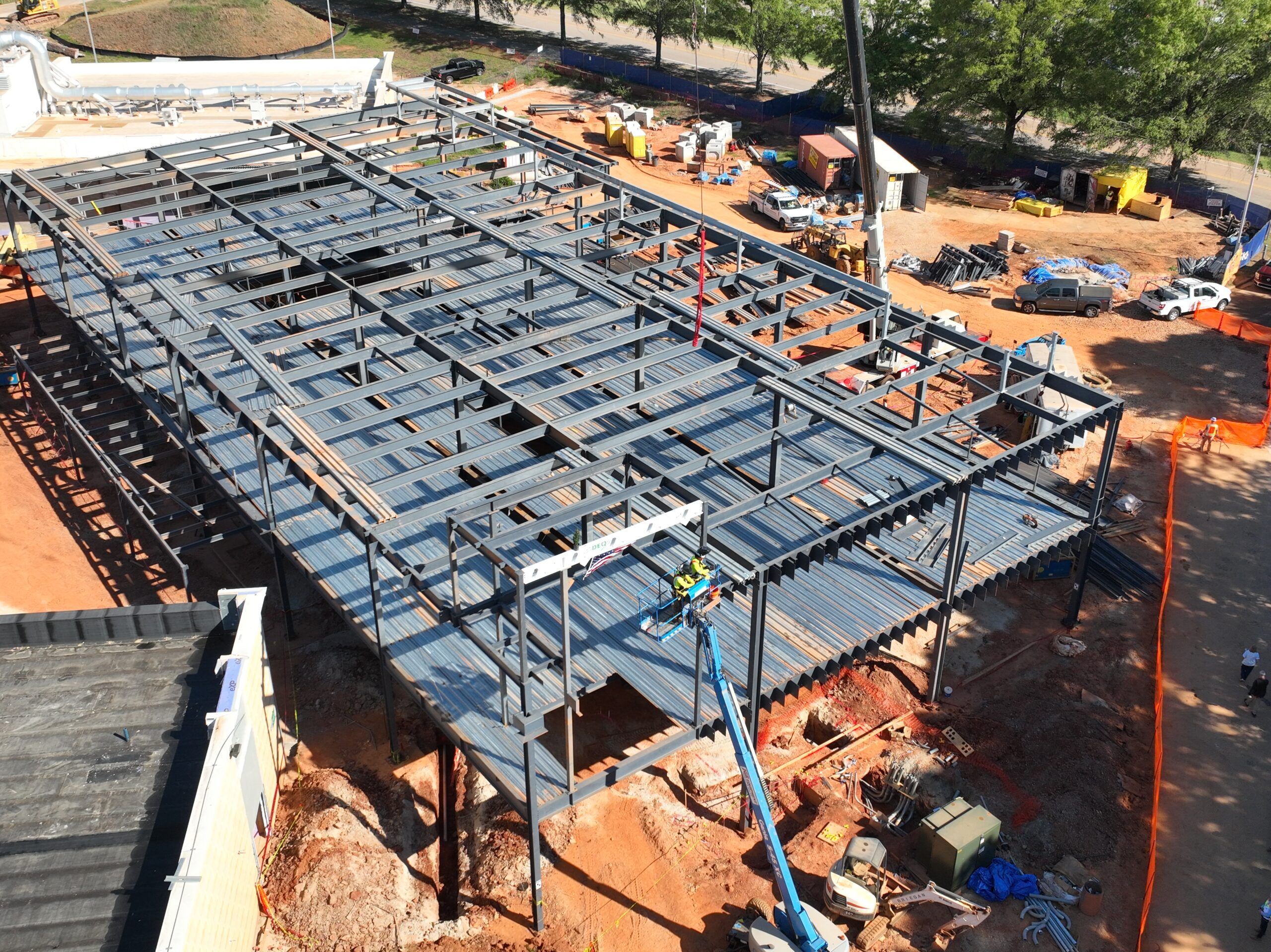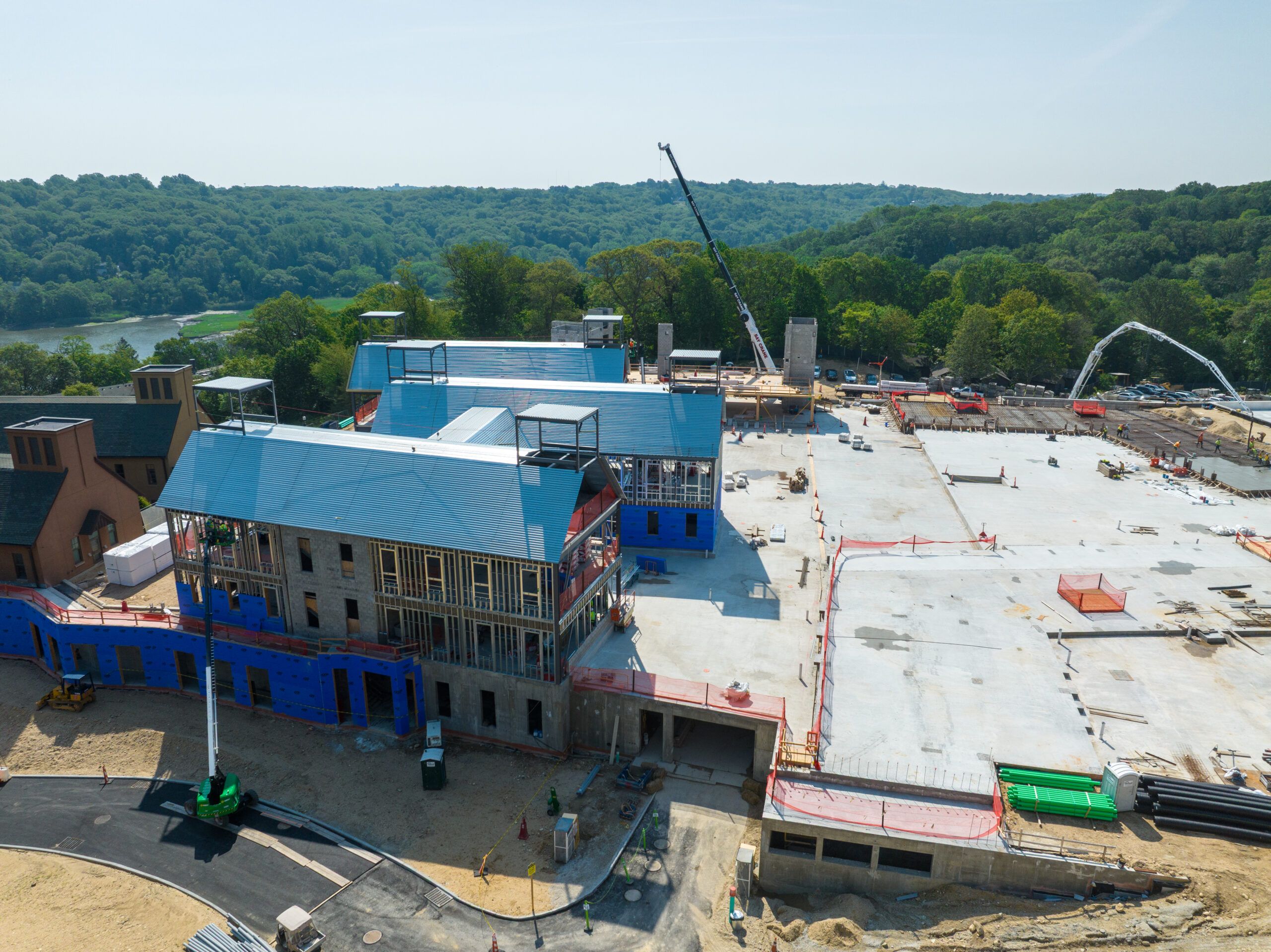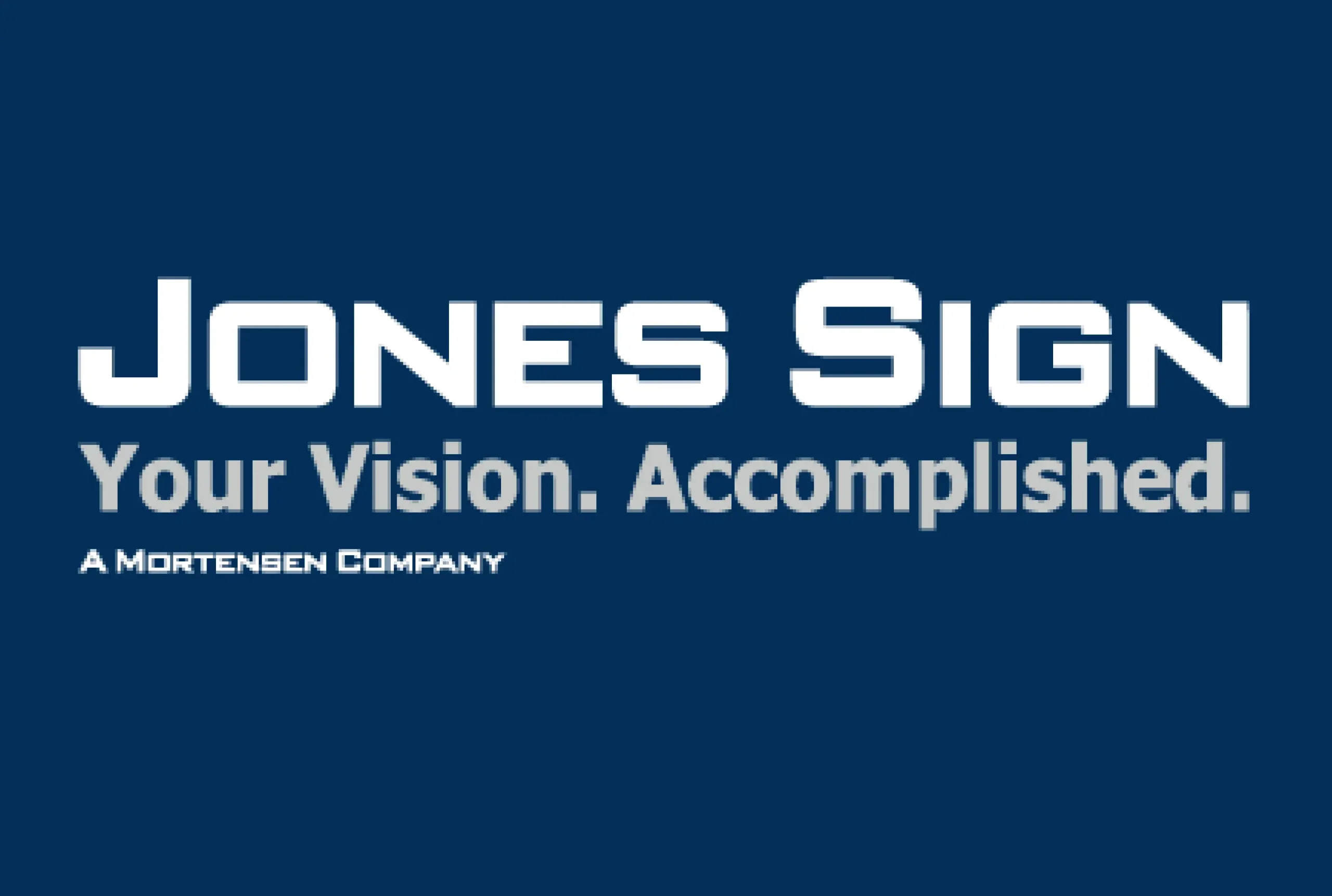How to stay on top of your risk mitigation plan:
“Is it on the floor or is on the table?” This is a phrase known to every project manager. Before a project even starts, a project manager identifies potential risks, and formulates a risk mitigation plan for it. As the project moves forward, these risks need to be closely monitored; are they still risks of have they become a reality?
Communication is key to be able to monitor and address risks as they unfold. It is not enough to identify risks before breaking ground in a construction project. Not only can risks become more imminent, but also new risks may emerge at a later point in time. So, to avoid confusion, misinterpretation or lack of communication among team members, here are a few factors to keep in mind when it comes to risk monitoring in a construction project:
Open communication policy:
Malcolm Gladwell’s “Tipping Point” includes a chapter around communication problems caused by hierarchies. The chapter in question “The Ethnic Theory of Plane Crashes” describes how Korean Air suffered several plane crashes at the end of the 1990s not for a lack of trained pilots or state-of-the-art equipment, but for their respect for hierarchical order. In other words, crew members were afraid to tell the pilot something in his readings was wrong because he was their boss, and so he probably knew best. Korean air decided to train crew members to disregard hierarchy when it came to in-flight communication. The number of crashes lowered immediately thereafter.
Use this same mindset with construction workers, contractors and other team members.
Although you are not flying a plane, time, money, resources and even future lives can be saved if you empower employees to speak out when they see something wrong or identify a risk.
High-level overview:
You cannot monitor risks properly if you are not literally watching them. Make sure to have a real-time, high-level overview of your construction project risks. You can ensure this by constantly updating MS project files and uploading them to you construction information management system.
If you have not yet bought into a construction software solution, we highly recommend you do. Software is a great way to keep everyone informed of what goes on with your project. You can look into providers like BuildBinder if you want to start off with a lean cloud-based construction software.
Risk manager:
If there are several risks at hand and their potential effects are substantial, it’s wise to hire a risk manager. That person will make sure risks are continuously managed.
More info at www.buildbinder.com.











